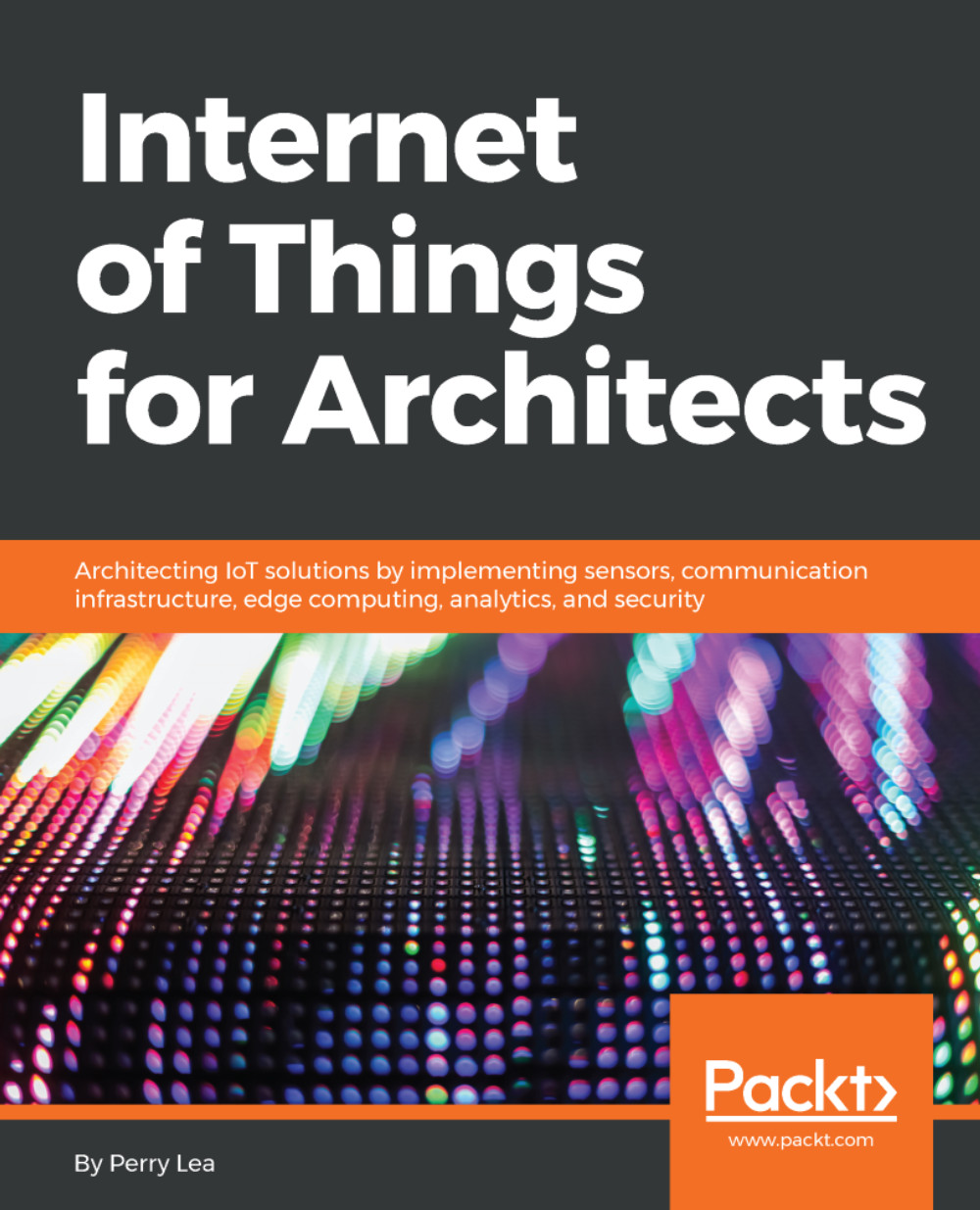Cyber security vernacular
Cybersecurity has an associated set of definitions describing different types of attacks and provisions. This section briefly covers the jargon of the industry as presented in the rest of this chapter.
Attack and threat terms
The following are the terms and definitions of different attacks or malevolent cyber threats:
- Amplification attack: Magnifies the bandwidth sent to a victim. Often an attacker will use a legitimate service such as NTP, Steam, or DNS to reflect the attack upon a victim. NTP can amplify 556x and DNS amplification can escalate the bandwidth by 179x.
- ARP spoof: A type of attack that sends a falsified ARP message resulting in linking the attacker's MAC address with the IP of a legitimate system.
- Banner scans: A technique typically used to take inventory of systems on a network that can also be used by an attacker to gain information about a potential attack target by performing HTTP requests and inspecting the returned information of the OS and computer...




































































